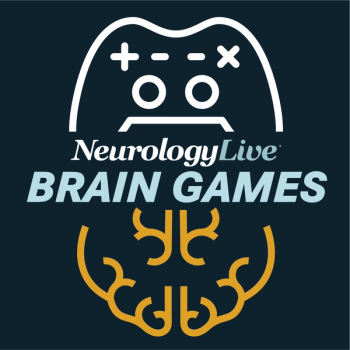
Symptoms and Disease Progression in Pediatric Patients With Dravet Syndrome
Panelists discuss how early recognition of Dravet syndrome's key clinical features—including prolonged seizures triggered by fever or illness in the first year of life, the importance of genetic testing for SCN1A variants, and the progressive nature of the condition that evolves from initial febrile seizures to multiple seizure types alongside developmental delays—can support timely diagnosis and improve long-term outcomes for pediatric patients.
Episodes in this series

Early Recognition and Clinical Presentation
Dravet syndrome presents a challenging diagnostic scenario as affected infants appear completely normal at birth, creating false reassurance for families. The first seizures typically emerge within the first year of life, often between 3 and 12 months of age, characterized by prolonged seizure episodes that are frequently triggered by minor illnesses or occur following routine vaccinations. These initial seizures are distinctive red flags: They tend to be prolonged, may affect one or both sides of the body, and children often present in status epilepticus. The pattern of seizures consistently occurring with fever or illness should immediately raise clinical suspicion for Dravet syndrome, particularly when these episodes are lengthy and require emergency intervention.
Disease Progression and Evolving Seizure Patterns
The clinical course of Dravet syndrome demonstrates a progressive evolution that significantly impacts patients and families. Initially, children may experience intermittent febrile seizures with relatively quiet periods between episodes while on treatment. However, as patients age, additional seizure types emerge, including absence seizures, myoclonic seizures, and focal seizures, creating a more complex and regular seizure pattern. Notably, atypical absence seizures commonly appear around 18 months of age, which is exceptionally early for this seizure type in pediatric epilepsy. By adolescence and adulthood, many patients transition to predominantly nocturnal seizures, though this apparent daytime improvement masks ongoing seizure activity during sleep.
Multisystem Impact and Developmental Concerns
Beyond seizure management, Dravet syndrome evolves into a multisystem disorder with far-reaching consequences. The critical developmental period between ages 1 and 3 marks when children typically deviate from neurotypical developmental patterns, developing attention deficits, cognitive impairments, sleep disorders, and gait abnormalities. Early diagnosis through genetic testing for SCN1A variants is crucial, as recognizing the syndrome before significant developmental delays occur creates intervention opportunities that may improve long-term outcomes for affected children.
Newsletter
Keep your finger on the pulse of neurology—subscribe to NeurologyLive for expert interviews, new data, and breakthrough treatment updates.





